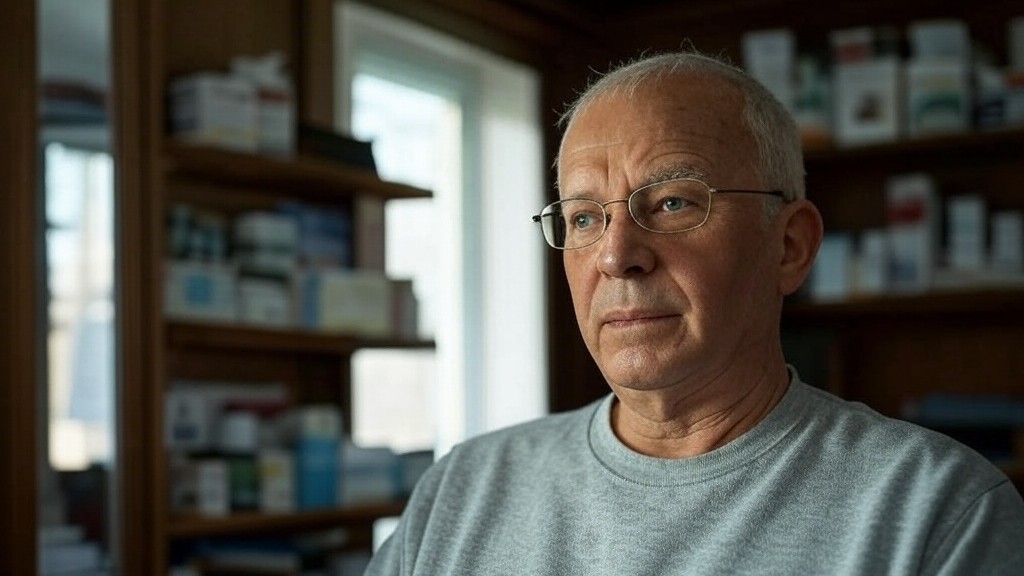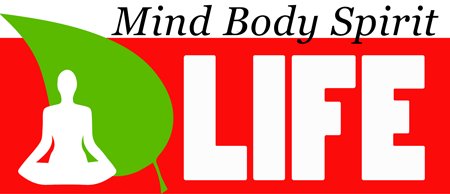Top 20 Breakthrough Moments in the History of Homeopathic Psychology

Homeopathic Psychology, an integrative approach combining principles of classical homeopathy and depth psychology, has evolved into a rich and layered discipline over the past two centuries. While still considered a complementary or alternative practice in many mainstream circles, its impact on holistic healing and the treatment of psychological and emotional disorders has been undeniable to its practitioners and growing global following.
Here are the top 20 breakthrough moments in the history of Homeopathic Psychology, charting its development, validation, and revolutionary influence on mind-body-spirit healing:
1. Samuel Hahnemann’s Discovery of the Law of Similars (1796)
The foundation of homeopathy began with Hahnemann’s realization that “like cures like”, a principle that opened the door for using minute doses of substances to trigger the body’s self-healing mechanisms. Though Hahnemann focused on physical ailments, this laid the groundwork for psychological applications.
2. Publication of “The Organon of the Healing Art” (1810)
Hahnemann’s seminal work introduced core homeopathic principles and hinted at the emotional and spiritual levels of healing, setting a precedent for future psychological exploration.
3. Introduction of Mental and Emotional Symptom Weighting (Early 1800s)
Homeopaths began placing greater diagnostic emphasis on mental and emotional symptoms, such as anxiety, delusions, and fears, over physical symptoms, paving the way for psychological interpretations.
4. Dr. James Tyler Kent’s Repertory Expansion (Late 19th Century)
Kent’s detailed repertories gave psychological dimensions to remedies, listing symptoms such as “hatred of family” or “delusion of being pursued,” reinforcing a connection between remedy pictures and mental states.
5. The Rise of the Constitutional Remedy Approach (1900s)
This method emphasizes treating the whole person, emotionally, physically, and mentally, with one single remedy that matches their overall constitution, a practice central to homeopathic psychology today.
6. Incorporation of Jungian Archetypes (1950s–60s)
Pioneering therapists began blending Carl Jung’s archetypal and symbolic frameworks with remedy pictures, recognizing the unconscious language of dreams, symbols, and remedy profiles.
7. George Vithoulkas’ Contribution to Psychological Homeopathy (1970s)
Vithoulkas emphasized the emotional and spiritual levels of remedy action in his book “The Science of Homeopathy,” helping to legitimize psychological approaches to classical homeopathy.
8. Dr. Edward Whitmont’s Seminal Work: “Psyche and Substance” (1980)
A Jungian analyst and homeopath, Whitmont’s work was a landmark in integrating psychology and homeopathy. He explored the symbolic essence of remedies and their ability to unlock unconscious blocks.
9. Homeopathic Psychiatry in India Gains Momentum (1980s)
India became a fertile ground for innovation in homeopathic psychiatry, with practitioners successfully treating chronic anxiety, depression, and trauma holistically, without pharmaceuticals.
10. Misha Norland and the School of Homeopathy’s Psychological Focus (1990s)
Norland’s teachings emphasized the inner state, soul language, and emotional expressions of clients, mentoring a new generation of psychologically-attuned homeopaths.

11. Sankaran’s Sensation Method (2000s)
Rajan Sankaran developed a method focusing on the deep “sensation” level, a pre-verbal, energetic experience of disease, often rooted in unconscious trauma or inherited emotional patterns.
12. Remedy Provings with Psychological Emphasis (2000s)
New provings of remedies began emphasizing the psychological and dream states induced, offering rich emotional language to match patient profiles and symptoms.
13. Emergence of Homeopathic Trauma Therapy (2000s)
Remedies like Ignatia, Natrum Muriaticum, and Staphysagria gained recognition for their powerful use in treating emotional trauma, grief, and abuse recovery.
14. Use of Bach Flower Remedies and Their Integration (2000s)
Though technically not homeopathic, the emotional focus of Bach Flower Remedies complemented homeopathic psychological approaches and were often used in tandem in modern practice.
15. Development of Mappa Mundi and Psychological Typologies (2010s)
Practitioners began mapping remedy types to psychological profiles based on classical elements (fire, water, air, earth), enhancing case analysis and remedy selection.
16. Introduction of Digital Repertorization Tools (2010s)
Software like RadarOpus and MacRepertory included extensive mental and emotional rubrics, allowing practitioners to more accurately find remedies for psychological disorders.
17. Expanded Role in Addiction and PTSD Treatment (2010s–2020s)
Homeopathic psychology became a sought-after adjunct for addiction recovery and PTSD treatment, with specific remedy protocols helping manage withdrawal, trauma triggers, and dissociation.
18. Clinical Research and Case Studies in Emotional Healing (2020s)
Studies began surfacing documenting the efficacy of homeopathy in cases of depression, anxiety, and OCD, bolstering credibility and interest in its psychological applications.
19. Certification Programs in Homeopathic Psychology (2020s)
Formal training programs specifically focused on the psychological branch of homeopathy began to emerge, offering structured paths for those interested in mind-body-spirit healing.
20. Integration into Holistic Wellness Models (2020s–Present)
Homeopathic psychology is now widely accepted in the broader integrative and naturopathic communities as a powerful modality for treating emotional and spiritual imbalances, especially in personalized wellness plans.

Final Thoughts
The journey of Homeopathic Psychology is one of innovation, intuition, and deep respect for the human psyche. As society seeks more compassionate, natural approaches to mental health, the value of this field only continues to grow. These 20 breakthroughs represent key milestones in a discipline that honors the unique vibrational and emotional fingerprint of every individual.



